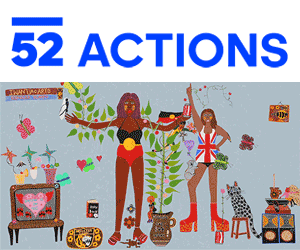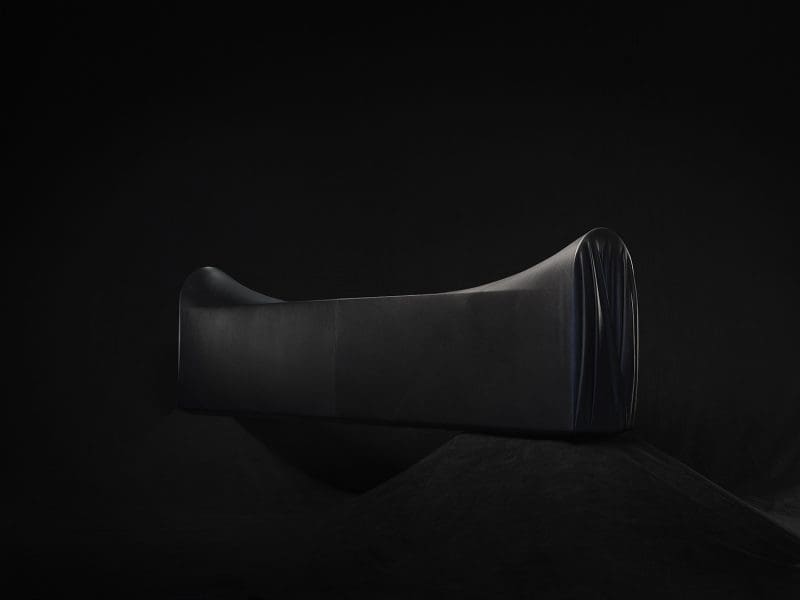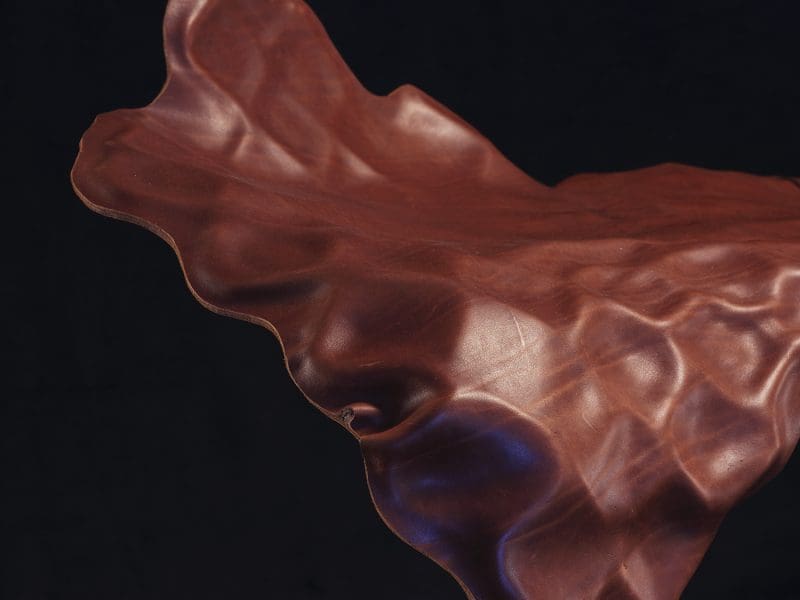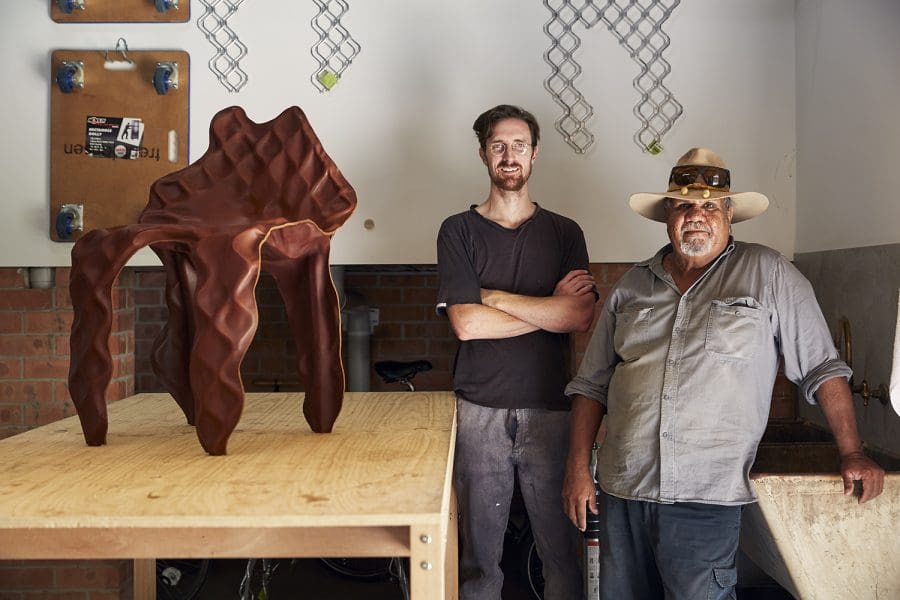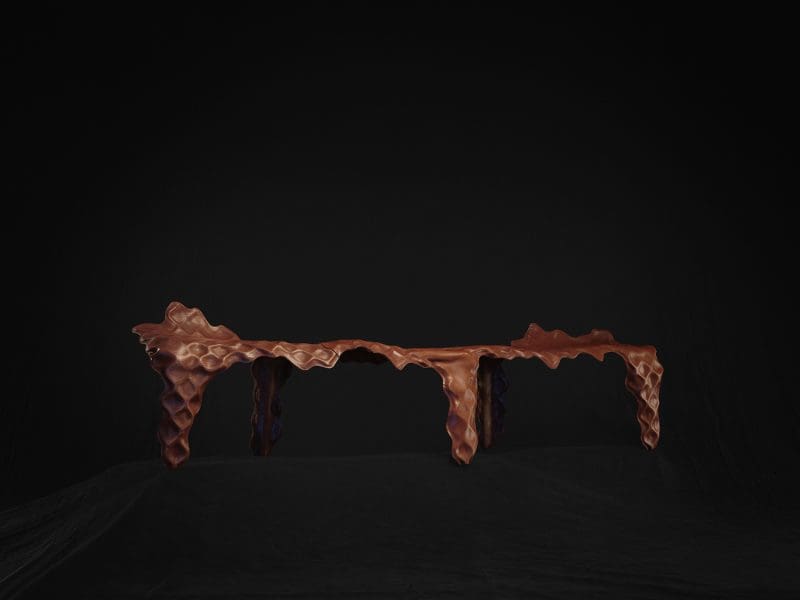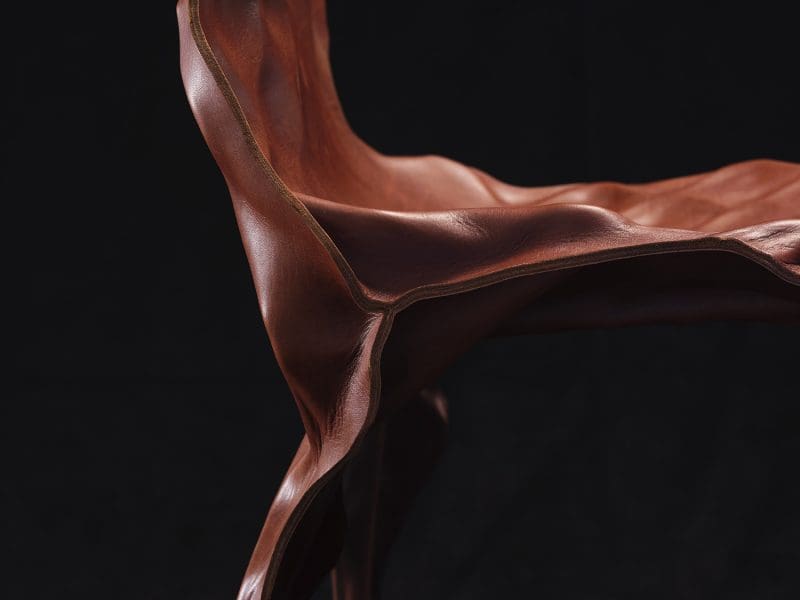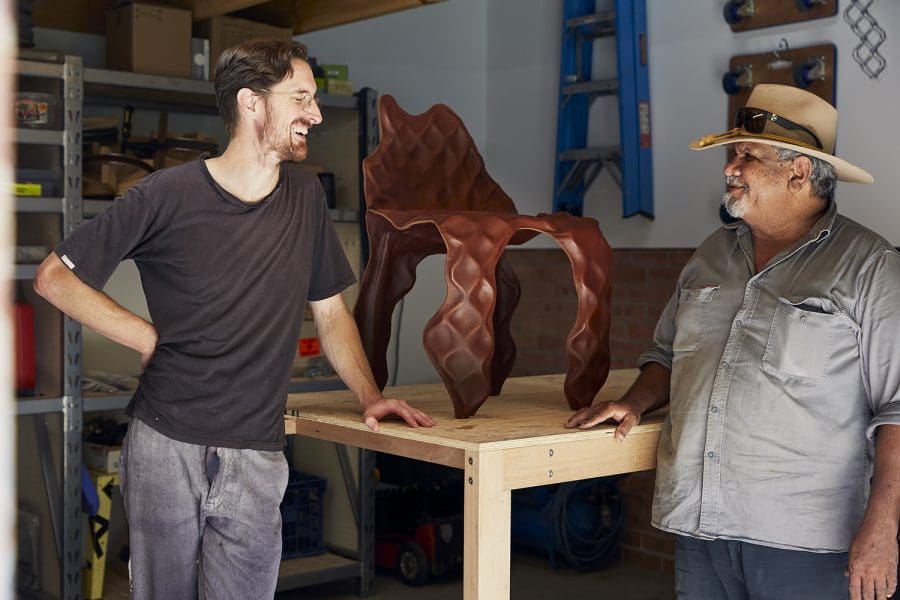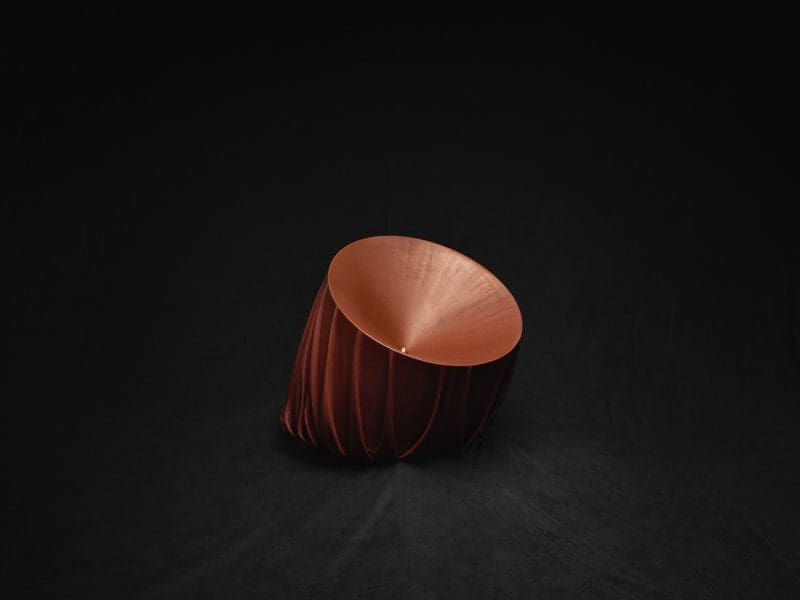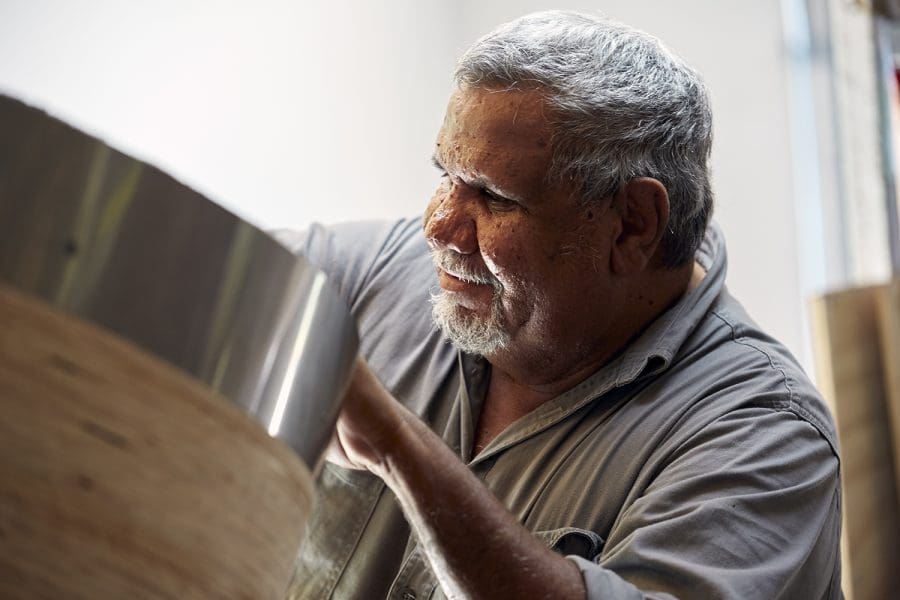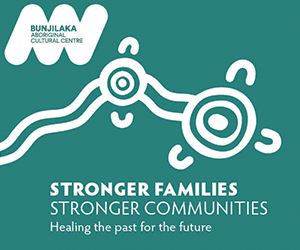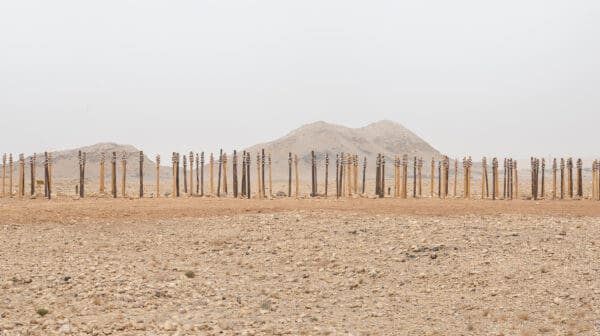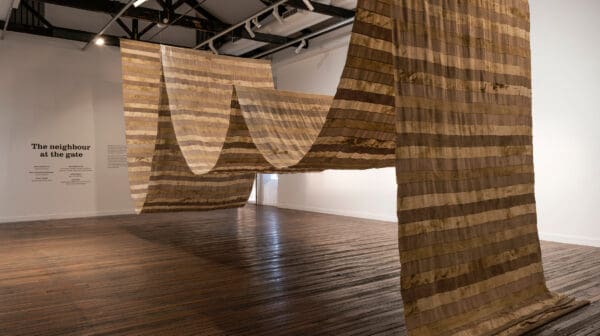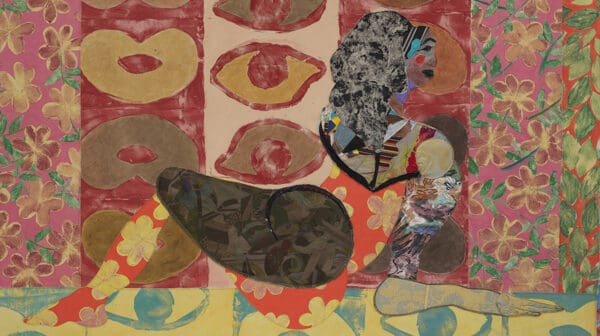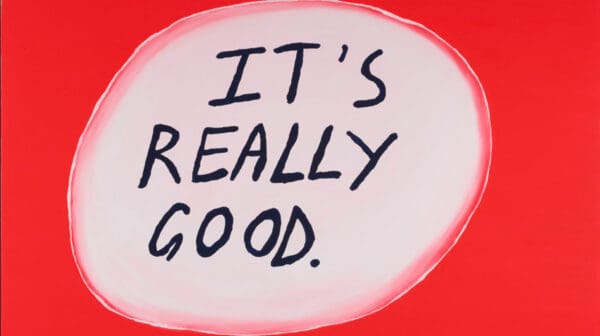Considering the vast physical distance between them, Trent Jansen and Johnny Nargoodah might initially seem to be unlikely collaborators. Jansen is an object designer based in Thirroul, just south of Sydney in New South Wales. Nargoodah is a Nyikina man and saddle maker, living and working at Fitzroy Crossing in northern Western Australia.
They first met in 2016 when Jansen was working at the Mangkaja arts centre for In Cahoots: artists collaborate across Country, a project initiated by Fremantle Arts Centre which paired Indigenous artists with urban creatives. Despite the distance between them, Nargoodah and Jansen have continued to work together, sending sketches back and forth and meeting in Sydney a few times a year to work on the physical forms of their pieces.
Part of the Melbourne Design Week (MDW) 2020 program, Partu is Jansen and Nargoodah’s latest collaboration. A follow on from their 2017 collaboration, Collision Collection, a series of limited-edition furniture made from leather and rusty car panels, Partu references the Walmajarri word for skin. Skin is a central material for both artists as Jansen is known for using animal pelts when making his collectable objects while Nargoodah is skilled in the practical application of leather in his saddle making practice.
Reflecting their individual design approaches, Partu consists of a series of one-off chairs and benches incorporating leather as a central material. Unlike the straight-backed dining chairs typically found in a furniture shop, the chairs in Partu embrace the malleability of leather to emerge as sinuously rippling forms beaten and moulded into shape over the tactile surface of mesh. “We literally bang the chair into existence from mesh, cutting pieces away until we end up with a design we are happy with,” says Jansen. “It’s a perfect process for collaboration because we work together on the final pieces and a lot of form comes while we are making it.”
The honeycomb-like patterns embedded in the surface of the Partu chairs recall Jansen’s 2017 Broached Monsters, a suite of intricately textured cabinets and chairs resembling the scaled hides of monstrous creatures. And the overall shape of objects like Saddle Bench bring to mind Nargoodah’s background working on cattle stations. In his artist’s statement for Partu, Nargoodah writes about his meaningful connection to leather and the saddle. “It’s a reference to the history of Fitzroy Crossing and station life. Saddlers used to come and repair saddles using leather, making twisted rope out of cowhide. The smell of that leather is so good. It brings back memories, triggers old memories of walking around the saddle room in Noonkanbah shed. There is a sensory response and that’s important.”
Tapping into the overarching MDW theme – how design can shape life– Jansen and Nargoodah’s ongoing collaborative practice has nurtured their mutual love of design, allowing them to impart their knowledge of materials and techniques to a wider audience. “A major shift that has happened with this project is we’ve really gotten to know each other better,” says Jansen. “We’re not just collaborators jammed together. We’ve come together because we wanted to learn from each other, both personally and culturally, and we’ve been able to put aside time to do that in a real, authentic and personal way. As a result, we see Partu as a cross cultural exchange striving to break down barriers.”
Partu (skin)
Trent Jansen and Johnny Nargoodah
ARC ONE Gallery
12 March – 11 April


